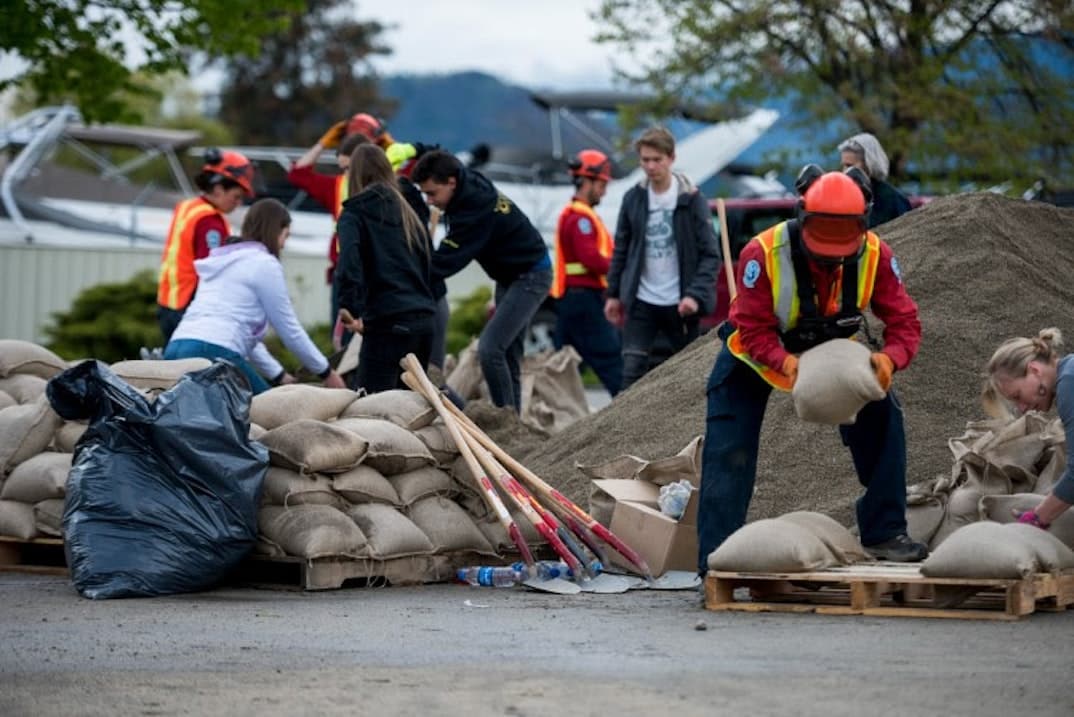Natural disasters don’t just affect individuals—they can devastate entire communities. But within that community is the strength to persevere and move forward.
Cleaning up after a natural disaster can quickly become an all-hands-on-deck situation, where everyone bands together to heal the neighborhood, one task at a time. But what exactly does organizing a natural disaster cleanup look like? And what should the volunteers leave to the professionals?
Here is everything you need to know about organizing a post-disaster community cleanup:
The Importance of Community
Despite the background and training of natural disaster mitigation and recovery professionals, a local community will always have something unique to bring to the table: a deep, intrinsic understanding of the community’s needs.
A disaster preparedness group can organize a comprehensive plan to execute should the worst come to pass based on where to prioritize the recovery effort. Moreover, the community can coordinate pre-disaster strategies that alleviate the potential for chaos or even mitigate the damage done by the disaster.
Incorporating structure long before disaster strikes can make the lives of emergency responders or professional disaster specialists much more manageable while decreasing the likelihood of damage and injury.
Establishing Community Leadership
It’s crucial to establish a liaison within the community that can act as a point of contact for community members and disaster cleanup specialists. This person or group will also be responsible for communicating with organizations or other local groups to help share everything from resources to responsibilities.
But the question remains: how do you establish this leadership? If you know someone you think would be a good candidate for the position, you can vouch for them within your community and encourage others to share their thoughts.
And if you think this leader could be you, you can nominate yourself for more responsibility. Remember that leading community cleanup efforts can involve significant commitment, so ensure you are ready to take on those duties.
How Community Members Can Contribute
There are many tasks that the average community member should leave to professionals during disaster cleanups. But that doesn’t mean there aren’t ways they can help sustain the community and ensure the relief effort goes smoothly.
A helpful contribution community members can focus on is transportation or evacuation. Knowing the area means locals will better understand how to get from one location to another. This information can help speed up evacuation efforts and keep people safe if the dangers of a disaster are ongoing.
The most underrated benefit of establishing community natural disaster groups is that everyone has someone to lean on. Disaster victims can quickly slip into fear, abandonment, and isolation; through community, they can conquer those feelings and keep their spirits high.
Another way community members can help is by organizing and distributing resources to varying groups. Getting resources where they need to go can be a daunting task, but using the varied skills of everyone in the community can make it much more straightforward.
What to Leave to the Pros
The physical cleanup and restoration process should fall into the hands of professionals. While light cleaning and organizing can be beneficial—especially on your property—construction or bioremediation is challenging and requires a lot of experience to do safely.
Fire and natural disaster restoration involves a series of steps requiring technical knowledge and strict attention to safety. A professional will first assess the damage and implement any necessary tarping or board-up services.
If water damage is present, professionals will extract the water using specialized tools to dry any surfaces. Professionals will work to remove smoke and soot from properties affected by fire.
Deep cleaning and sanitizing occur, followed by the repair and reconstruction phase. This final phase aims to return a property to its original condition.
You might want to help with these tasks, but because there are so many unknowns after a natural disaster, you could be putting yourself in harm’s way without knowing it. It’s best to contact a team of highly trained professionals who know what to look out for and have the proper tools and skill set to handle the emergency.
Getting Through This Together
Community is instrumental after a natural disaster, and the sense of kinship and connection it provides during a harrowing time is vital. Your community can (and will) recover from a natural disaster by creating a shared action plan and turning to professionals for specialized tasks.








